How to Get Started with Ecommerce Business the Right Way
Starting an ecommerce business can be a rewarding experience. It’s also complex and requires careful planning, research, and execution to ensure success. If you’ve been thinking about how to start an ecommerce business or create a marketplace, now is a great time to do so. Several processes go into building and selling products online, including product selection, payment processing, shipping logistics, and inventory management. And if you’re unfamiliar with all of these phases, it can get overwhelming to start your store. As an online business owner, you must have a checklist of everything you need to build an online store that generates results. By reading this post, you’ll learn how to start with ecommerce.
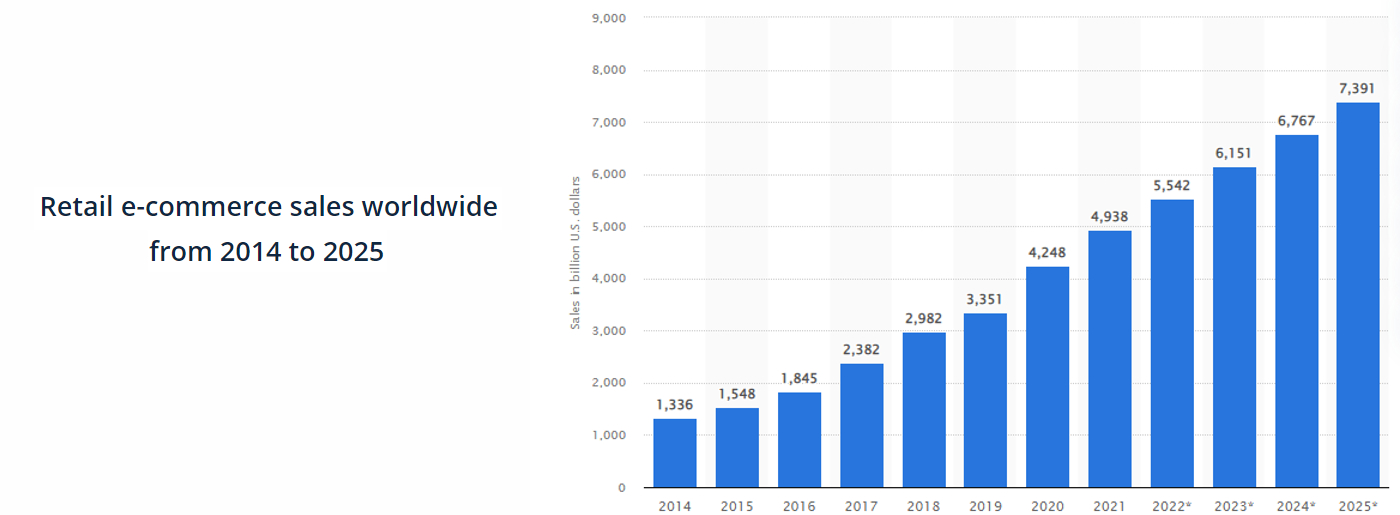
According to ecommerce industry statistics, B2B ecommerce site sales in the US will reach nearly $1.77 trillion in 2022. It is the highest eCommerce growth ever. There are thousands of ecommerce businesses. Some are huge companies like Amazon and eBay, but small businesses are attracting their fair share of audiences.
Here Are the 8 Steps to Start an Ecommerce Business
From developing a business plan to executing it on the ground, your online store demands time and energy at each stage. You need to implement some essential steps to scale up your ecommerce business and make the most of it from the beginning. Let’s start with some advice you can implement to launch your store immediately!
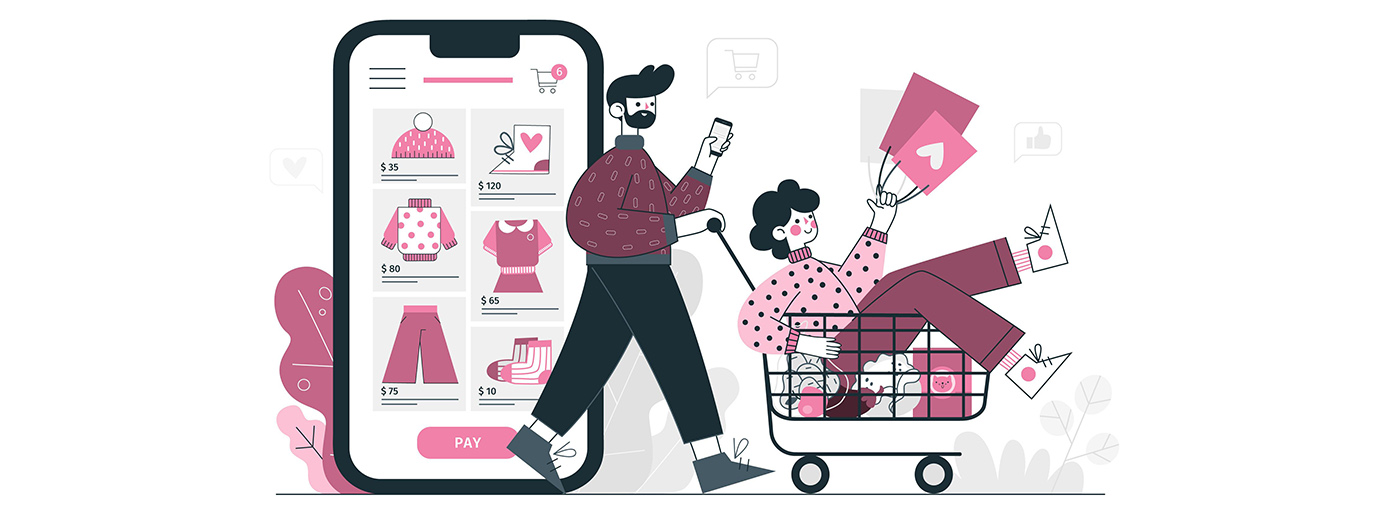
1. How to Get Started with Ecommerce – Find a Niche
The key to success for any ecommerce business is finding a niche that distinguishes it from competitors. A perfect niche lays the foundation of any e-commerce business. You must find your business’s right niche and thoroughly explore that market to succeed.
There are two main ways to find a niche:
- Researching a specific demographic and what people buy the most
- Comparing the data from different niches to identify patterns
The first step is to learn about your potential customers. Understanding their values, beliefs, and needs will give you an idea of what products or services might work well for them. You can start by building buyer personas (a fictional representation based on research) to clarify their preferences.
What is the Best Ecommerce Business to Start?
Need some inspiration? Let’s uncover some stats that might help you get an idea of the most popular ecommerce niches:
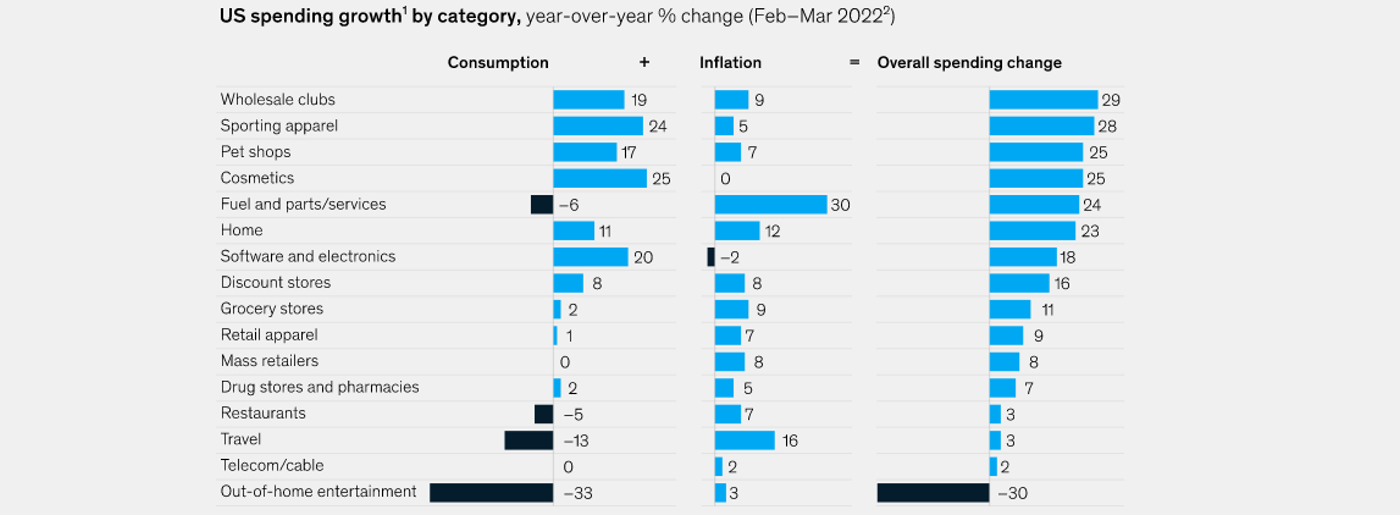
- According to statistics on marketing and sales growth, among the top niches people spend money on are cosmetics, sporting apparel, software and electronics, wholesale clubs, pet shops and home.
- Among the niches with great potential in 2022 are pet products, subscription services, pet products, subscription services, various equipment (such as safety cutters), reCommerce, eco-friendly products, health&wellness products, educational toys, and online courses.
Still, there are hundreds of niches you can go after. Always check Google trends to support your decision or find profitable industries you can choose. More importantly, choose a niche you’re most comfortable working with. The best idea is to choose a product range you have experience selling. Thus, it’s not that difficult to dive deeper and find out how to get started with ecommerce.
2. Research and Analyze Your Competition
It’s essential to research your competition and make sure their prices, products, and services correspond with what you want to offer. You don’t need to reinvent the wheel since many successful businesses with similar models are already out there. Avoid competing against well-established ecommerce sites such as Walmart or Amazon. Research the stores operating at lower-to-middle levels for a start, and you can be one step ahead of their marketing efforts.
You’ll need to figure out what they offer, how their business works, and their vision on how to get started with ecommerce so that you can build a strategy for marketing and distribution.
Analyzing Competitors
Here are some ways to analyze your competitors:
- Check out their website for information, prices, and the like.
- Search their social media handles on Facebook or Instagram for information about their products, services, and reviews.
- Visit physical stores in person if possible and look at how they operate.
Knowing what you’re up against can give you a strategic blueprint for building your business.
3. Validate Your Idea and Build a Business Plan
Now that you have completed the research on the competition, you can start working on the most crucial part while launching a business, that is, a business plan. A business plan is a series of steps and actions determining what to prioritize, how to get started with ecommerce, and how to build your business strategies to acquire new customers.
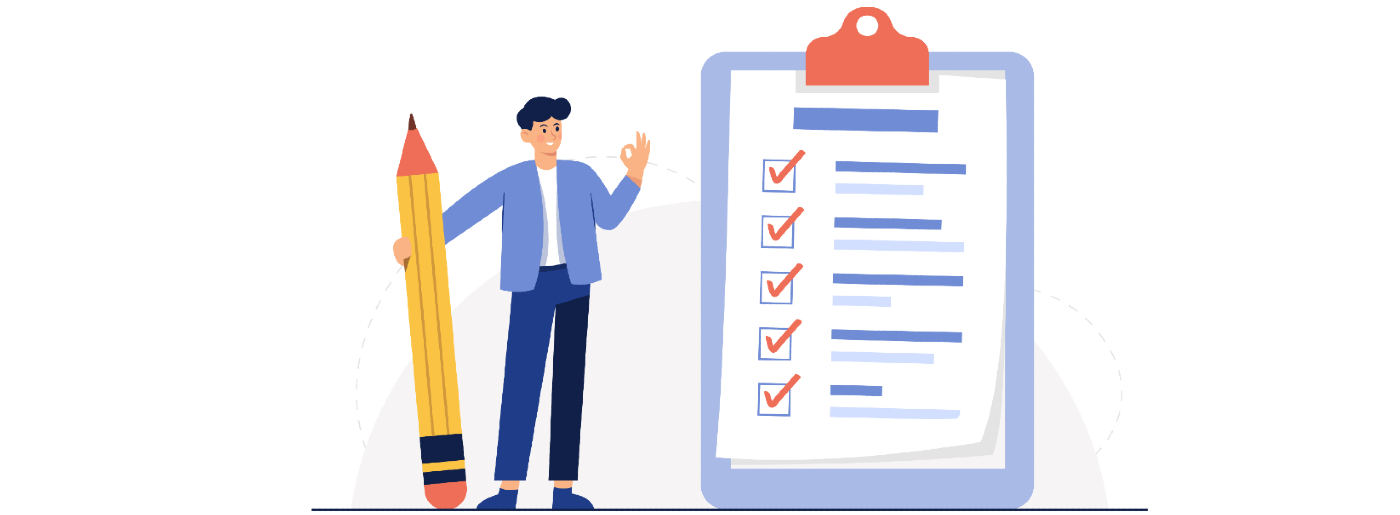
You need to plan out products and marketing strategies, determine how your business will earn money, how you will get financed, the operation model, how the products will be delivered, the suppliers, and other crucial details.
Сomponents of Ecommerce Business Plan
An efficient ecommerce business plan must include the following:
- A company description: This includes information about the business owners, personnel needed, the type of business model you want to start (partnership, LLC, etc.), the state you would like to form your business (LLC in Florida, Texas, etc.), and other related aspects.
- Products: The main product line, what the store sells, and the catalog. It also includes suppliers and costs.
- Operations: This could comprise shipping providers, shipping costs, and warehouses. A fulfillment marketplace can be incredibly beneficial for businesses that need to manage their operations efficiently. By leveraging a fulfillment marketplace, businesses can access a vast network of pre-vetted third-party logistics providers who offer a range of services, including warehousing, order fulfillment, and shipping.
- Market analysis: Analyze the buyer persona, what do they like, and the demographic.
- Market strategy: The strategy can include social media marketing, email marketing strategy, promotion, advertisement, and a well-defined target audience.
- Financial planning: Determine the operational costs, tools, assets, cost per customer acquisition, and scalability.
- Figure out the milestones: Establish targets like the first ten clients or 1000 visitors to the store. These milestones can help you to streamline the progress.
After a business plan is in place, the next step is to employ an excellent ecommerce platform.
4. How to Get Started with Ecommerce – Choose an Ecommerce platform
The common question at this stage is where to start an ecommerce business. There are many ecommerce platforms available in the market. The question is, what should you look for in an eCommerce platform? And more importantly, what are the most critical features and services of an ecommerce platform you’ll need to grow and expand your business? When you start selling on Amazon, Etsy, or any famous marketplaces, you realize how important an ecommerce platform is for your business’s online growth. For more information on how to launch your first product on Amazon, check out this article: How to Launch a Product on Amazon.
Things to Consider While Choosing an Ecommerce Platform
Here are the answers to some things you must consider while looking for an ecommerce platform for your business and deciding how to get started with ecommerce:
- Easy to set up and easy to design: Every platform will require a learning curve. But one that has a user-friendly and intuitive admin panel and is easy to work with would be the best choice to proceed in the right way and set up your shop.
- Easy to navigate: You need to find an ecommerce platform that is understood easily by your customers. Check if the platform offers an easy way to select products, add them to the cart, and check out.
- Security: Does the platform offer a secure check-out and have an SSL certificate?
- Integrations: Is the platform flexible to integrate with third-party apps and services? You may need to integrate email marketing or social media. Other integrations might be live chat software, CRM software, or user activity monitoring software.
- SEO friendly: Can you choose your domain name, add a blog, and collect customer reviews?
- Inventory management: Does the platform integrate with inventory management software to help you keep your inventory needs to be streamlined? Some ecommerce platforms offer software to manage inventory that enables you to increase profits by ensuring you have enough stock items, making operations efficient at the same time.
- Mobile optimization: Today, most traffic comes from mobile users(three out of every four dollars are spent via smartphones, according to mobile commerce sales statistics). Optimizing your online store’s website or application to fit mobile can help you gain more customers, which is only possible when your platform is flexible.
- Analytics: It is essential to analyze where your traffic is coming from and implement strategies to get more traffic. The platform must support tools like Google Analytics that let you see all your store insights.
- Tech support and customer service: Bugs can occur, the shop can go down, or other problems can arise. If the ecommerce platform doesn’t provide support or customer service, you may lose a lot of money and traffic.
- Payment options: What are the payment options supported? Are they the most popular? You want your customers to be able to have multiple choices.
- Price: Depending on your budget, decide what you can afford and which platform offers the best price/service ratio. Some venues provide monthly plans. Others charge based on transactions or have costly add on that you need to buy.
Best Ecommerce Platforms
You can use some of the biggest ecommerce platforms like Shopify or Wix. Here are other great platforms to use:
- MotoCMS
- Magento
- Shopify
- Amazon
- WooCommerce
- Square Online
- BigCommerce website templates
- Ecwid
- Salesforce Commerce Cloud
- FastSpring
- Miva
- HCL Commerce
- PrestaShop
WooCommerce and Shopify hold the most significant share of ecommerce platforms in the US, followed by Shopify alternatives, Wix and Squarespace. Another alternative is to use a website builder to start an online store. Website builders provide an easy drag-and-drop interface to create a shop and are very beginner-friendly.
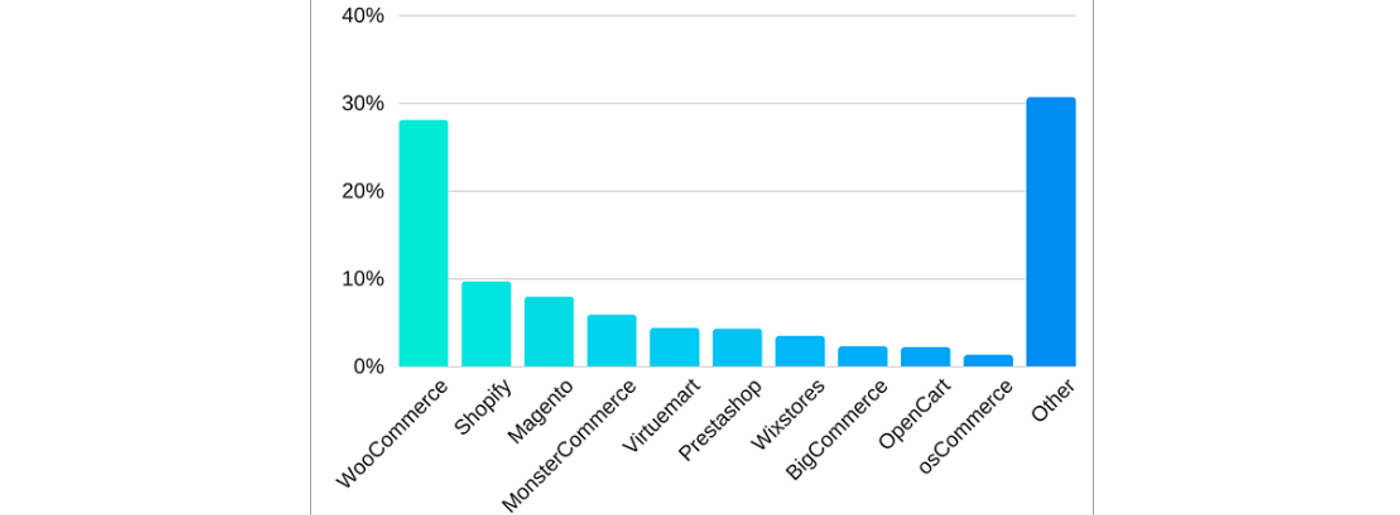
How to get started with ecommerce? For example, you can use MotoCMS. It is a powerful website builder that allows you to create an online store. It comes with compelling templates and is easy to customize with a drag-and-drop interface. Each template is easy to manage and doesn’t require any technical skills. It has an admin panel that makes it very easy to customize and change the design as needed. MotoCMS provides analytics, financial translation metrics, and customer support at reasonable prices.
Besides, MotoCMS is one of the best website builders for small businesses, beginners, and professionals. Choose this or any ecommerce platform of your choice, and you are ready for the next step, which is to start listing products.
5. How to Get Started with Ecommerce Business – Create Your Product Listings
Adding product listings to your online store is one of the most crucial and possibly time-consuming tasks. The first thing you have to decide on is the product title. The title is the first thing a visitor will see even before entering your store. It appears on search engines first. The title needs to be attractive and as short as possible.
The price should be visible and prominent to prevent people from leaving your site to search for a clear alternative. Make sure the price is clear and visible. If you want to incentivize people to buy, offer discounts, coupons, or additional services, and do not hesitate to make the price tag visually compelling.
You can include pictures in your product listing. There is nothing more boring than a list of products. People want to see what they are buying. Use good-quality pictures and try to show the product from different angles. Based on a survey, 83% of people say that photos are very influential in their purchase decision.
After you have inserted the photo, it is time to add a description. The description needs to be informative and should convince the customer to buy. You can display reviews and customer testimonials near the product description. Customers are used to searching for reviews and testimonials to see if the product they buy is good. Not showing reviews prompts people to search other people’s testimonials online.
Here are some suggestions on how to get started with ecommerce and boost conversions through your product listings:
- Add social triggers to the images: Those are sentences that create urgency or scarcity. For example, “almost out of stock,” “only two left,” or similar other triggers.
- Add call-to-action buttons.
- Show products in action when applicable.
- Show product ratings.
6. Consider Shipping Options
It’s essential to present clients with clear shipping conditions when you start an ecommerce business. Using plugins is a must if you want to make the most of a WooCommerce website. That’s why we’d recommend you pay attention to JEM Products, providing awesome WooCommerce plugins created especially for shipping options and order export. It’s a straightforward but effective solution to your website:
- with the WooCommerce Table Rate Shipping plugin, you get the opportunity to set up your own shipping rules;
- you can automatically export the necessary data with the WooCommerce Order Export plugin and much more.
7. Set up Payment Processing
If you are a subscription business looking to scale globally by supporting multiple payment gateways and currencies, consider an eCommerce subscription management software to manage recurring billing, payments, and customer retention.
Part of the setup of your ecommerce store is to connect and test your payment gateways. A reliable payment gateway platform ensures that payments are fast and secure while providing multiple payment options to the user. Once a customer provides the card information, the payment gateway connects to the bank associated with the credit card. When the bank confirms the information, the payment is processed. The payment is then sent to the merchant, and you can access the funds. Typically, the merchant needs to pay a fee for each transaction.
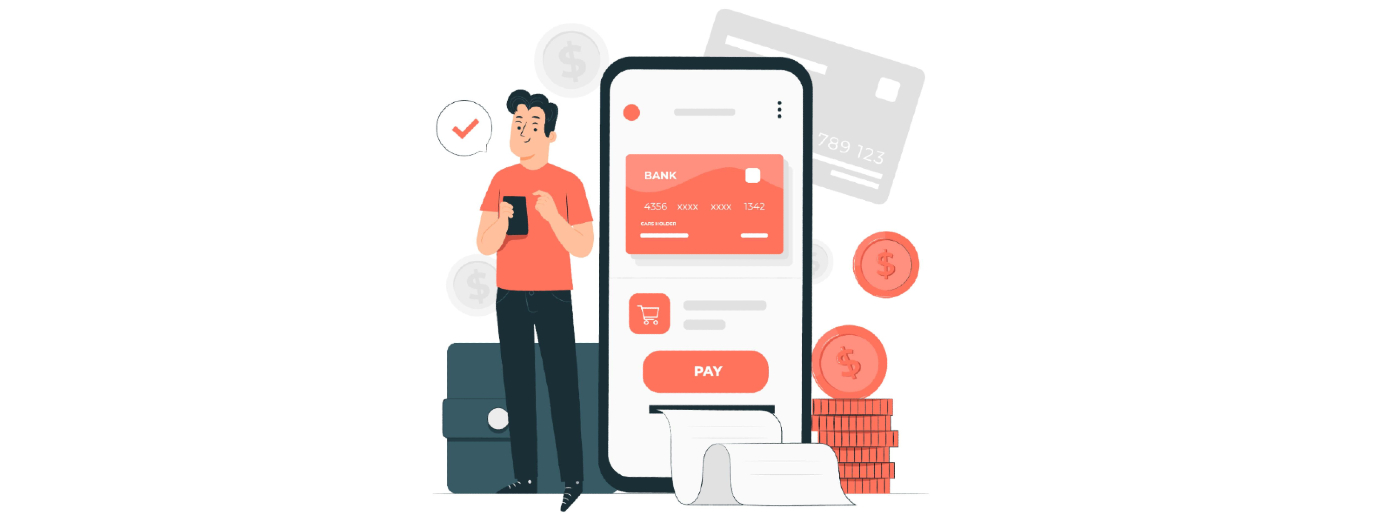
Third-party payment providers allow you to handle refunds, orders, and many other things. Each payment gateway can accept different payment methods. Typically, the most popular payment gateways have many options to choose from. When you learn how to get started with ecommerce, please pay attention to the following most used payment gateways:
- PayPal
- Stripe
- Square
- SecurePay
- Worldpay
- Authorize.net
Each has a specific per-transaction or monthly fee; make sure to compare your options and choose the one that provides the perfect combination of affordability and reliability.
8. Promote Your Products through Social Media & Email Marketing
Based on social media research, consumers, on average, use social media for 2 hours and 27 minutes daily. Social media platforms are a huge market; most people use at least one platform. Specifically for eCommerce, there are a few advantages to promoting products on social media. Customers are likely to recommend a brand through a social media platform. With a social media marketing plan, being active on social media can help you start an e-commerce business successfully and drive traffic back to your e-commerce store.

Once you have your shop set up online, you can start social media brand building and post regularly to drive traffic. You can either create organic social media content or use paid advertising to capture eyeballs. Additionally, you can use content marketing, SEO, and email outreach to boost your online store’s reach further. You can use platforms like MailChimp and MailChimp alternatives to execute your email campaigns.
If you’re not an expert in email marketing, you can buy one of the bulk email services to effectively generate results for you and learn from email marketing statistics. To earn great results in paid promotion, choose the best PPC companies to provide expert services for you, e.g., Amazon PPC agency , or find out some best Amazon PPC Tool to manage PPC Companies
9. Monitor Customer Feedback
Based on a research by Bigcommerce, 93% of people say reviews determine what they buy. Collecting and monitoring reviews to see if customers are satisfied can accomplish different purposes.
Monitoring customer feedback is a powerful tool when you learn how to get started with ecommerce, that can:
- Improve customer experience: resolve negative feedback, improve your production line, and give you directions to optimize your store.
- Show that you care by listening to the customer and asking for feedback.
- Increase and optimize conversion
Building loyal customers and followers starts with collecting and monitoring feedback. Start with measuring satisfaction rates throughout the entire customer journey. It is possible to know what your customers think about your business and products and act timely to keep the satisfaction rate high.
How to Get Started with Ecommerce – Takeaway
A successful business launch means following a few critical steps to start an ecommerce business. Those steps include understanding what is the best ecommerce business to start, finding a niche, analyzing the competition, making a business plan, choosing where to start an ecommerce business, listing products correctly, and promoting on social media. Each step requires work and careful planning. But you can also save time and focus more on growing your business by using Magento Support And Maintenance services. Experts will always support you!
We hope you know how to start with ecommerce; we wish you good luck! Please, don’t hesitate to contact us to share your opinion in the comments section.
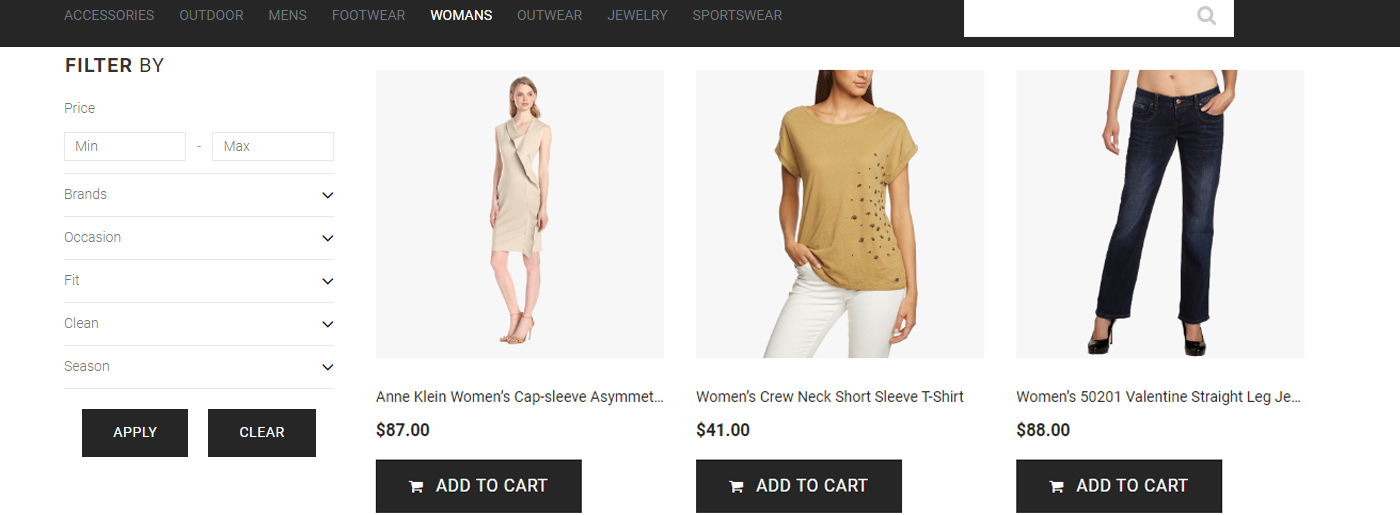
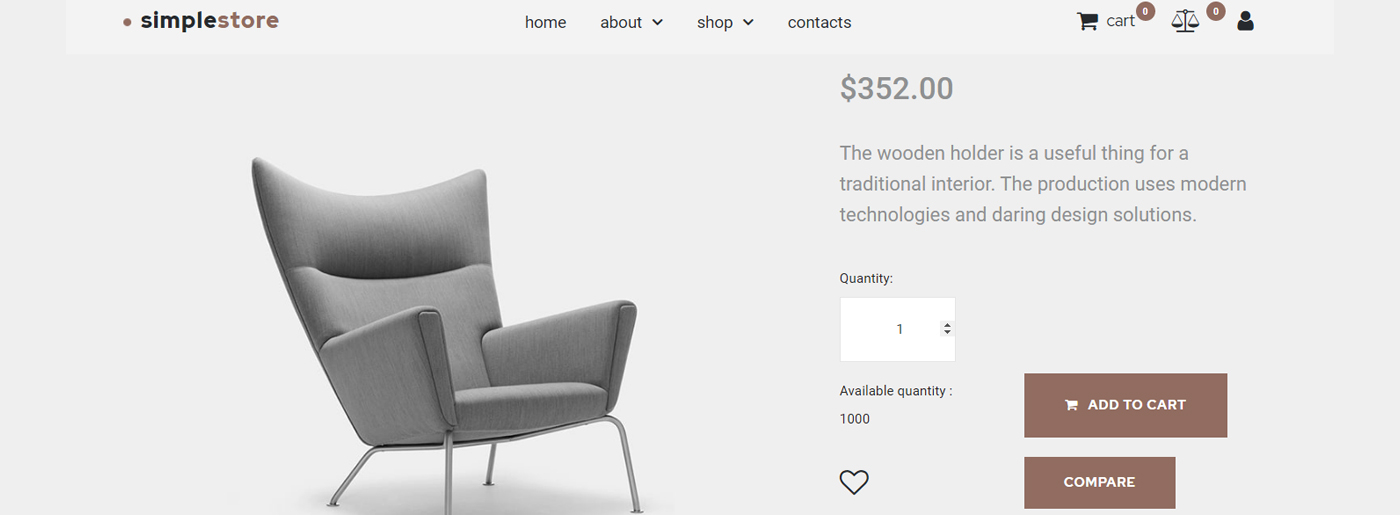




Leave a Reply